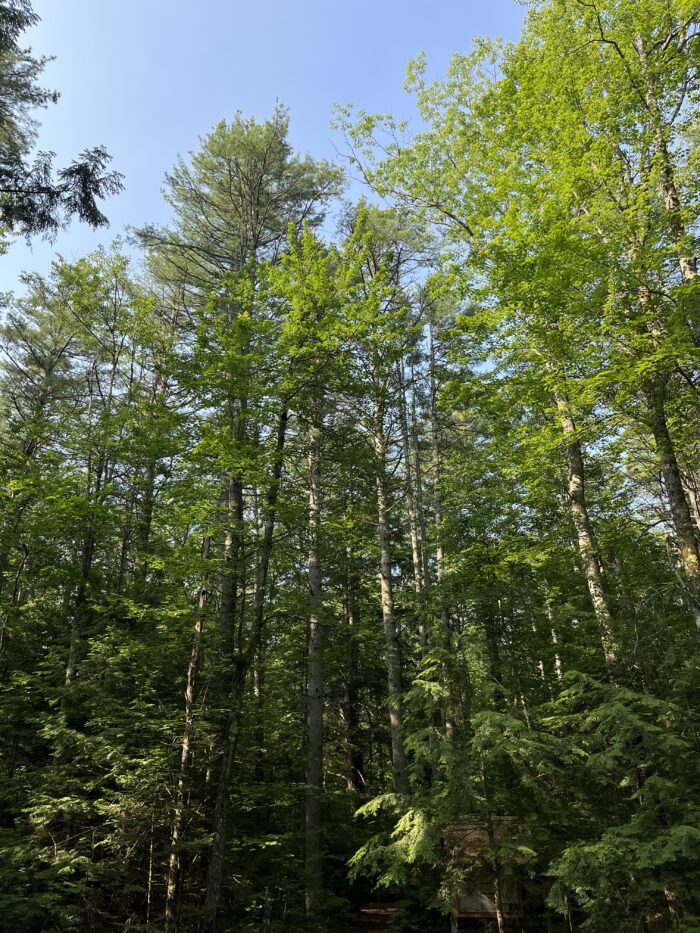
The Hidden Beauty of Urban Trees
While many people are drawn to the fragrant flowers, ripe fruit, or blazing fall colors of New England’s trees, we celebrate these organisms for their not-so-obvious benefits to our urban and suburban communities.
As developed lands become more frequent across the country, urban areas continue to grow. One critical asset for the success of these built landscapes is the planting of trees. Trees offer a range of benefits to the communities they inhabit from increased property values to public health benefits.
On hot summer days, trees provide shade and release water into the air through transpiration – both of which reduce ground and air temperatures by multiple degrees. In winter, they offer windbreaks which reduce the effects of wind chill and lower home heating costs. Trees also help mitigate stormwater runoff as their root systems absorb water and sure-up soils to slow the movement of water and sediments.
Trees are also responsible for increasing air quality as they capture particulates and absorb gaseous pollutants. Additionally, the presence of trees has been shown to promote physical activity and decrease stress levels; studies have even shown that hospitalized patients had better health outcomes when residing in rooms with trees in view.
Trees aren’t just local heroes; they help on a global scale too. A single mature live tree can sequester more than 48 pounds of carbon dioxide from the atmosphere each year, and in exchange, give off the same amount of pure oxygen.
Whether you find shade from the summer sun, admire their colorful fall show, or just walk by them on the trails, take a moment to remember the unseen wonders these trees do for our communities.
Image and writing: Henry Gustavson, Education and Communications Specialist
For further reading, please visit:
https://www.usda.gov/media/blog/2015/03/17/power-one-tree-very-air-we-breathe


